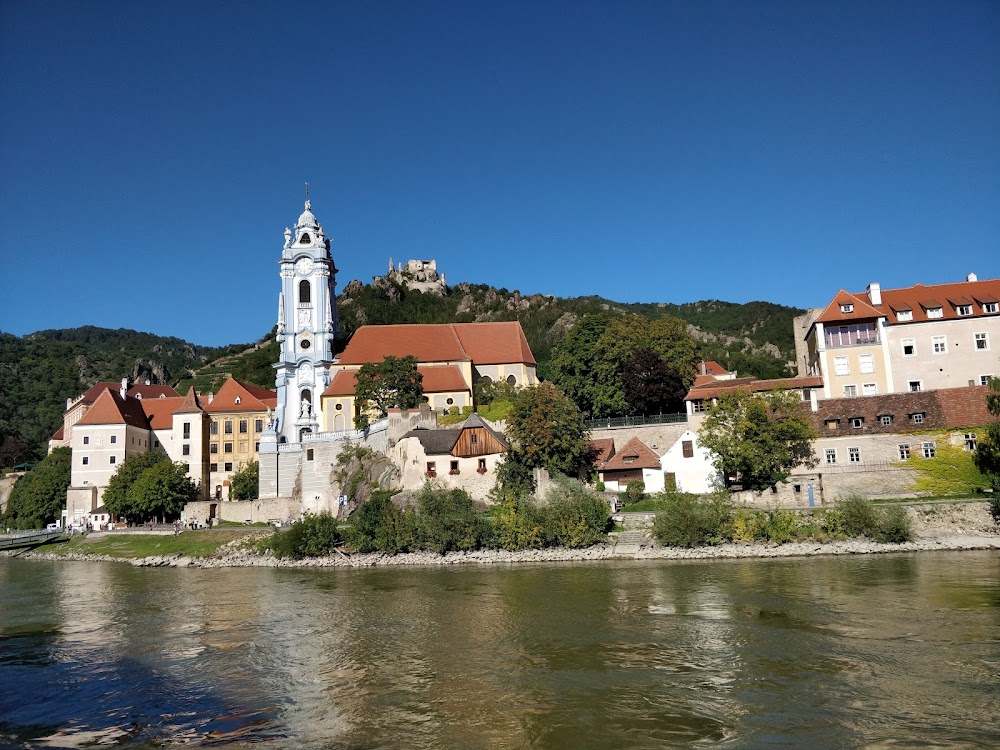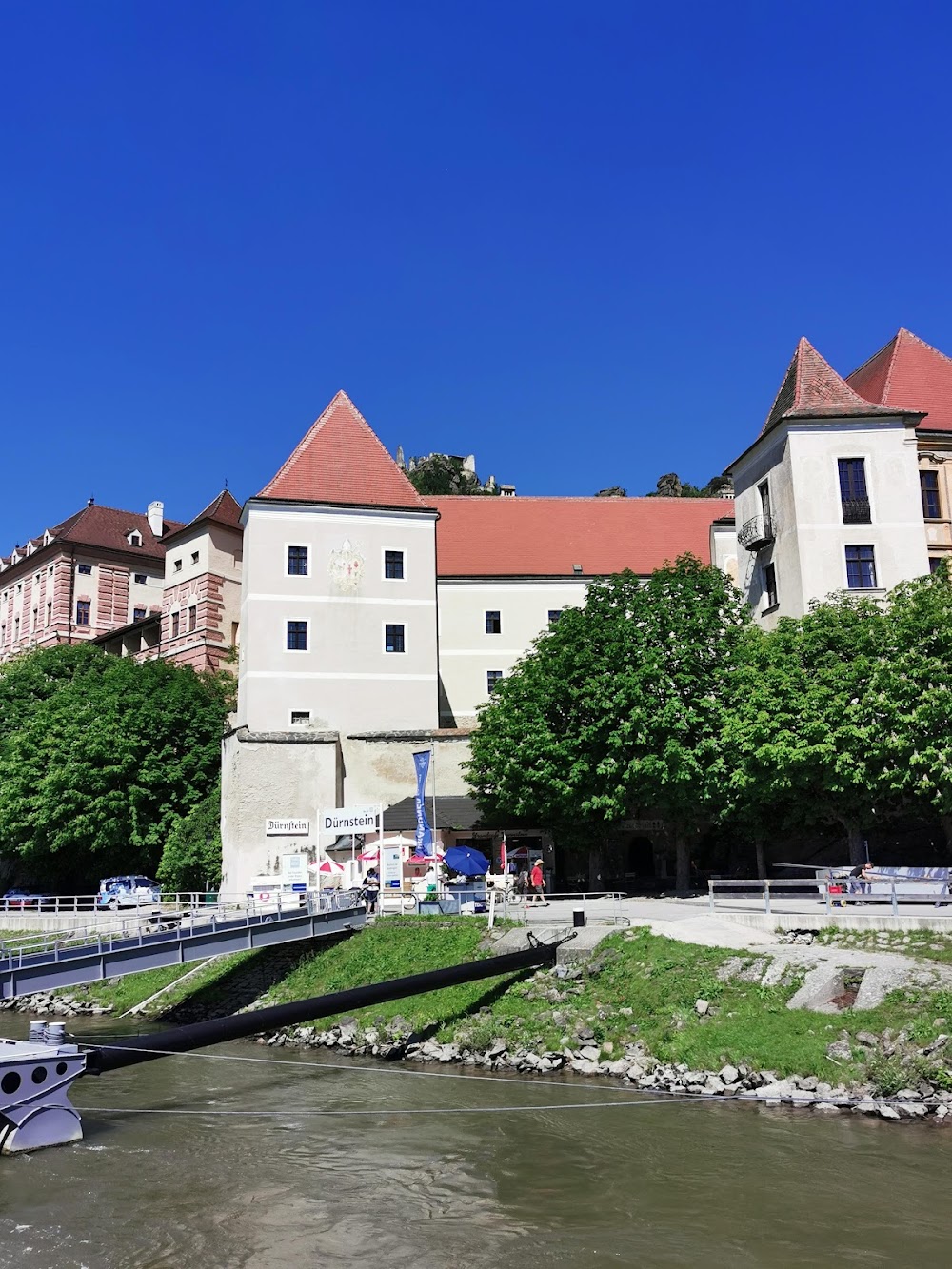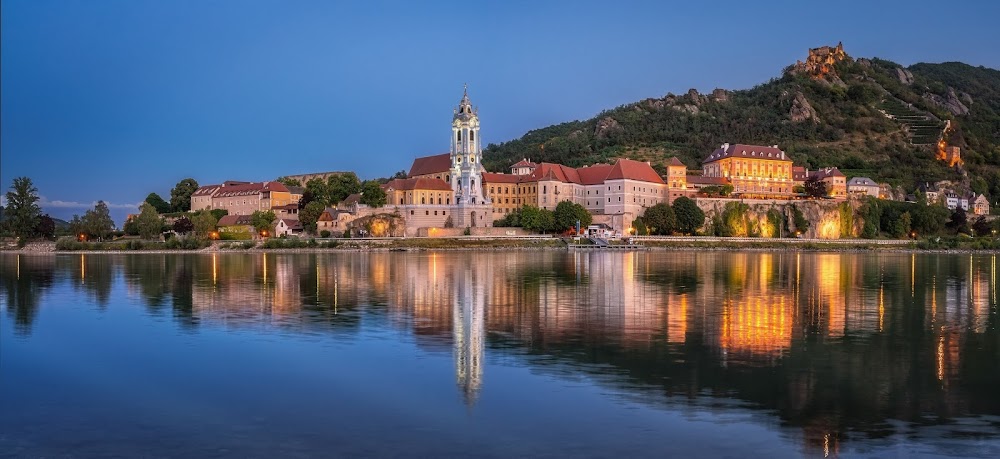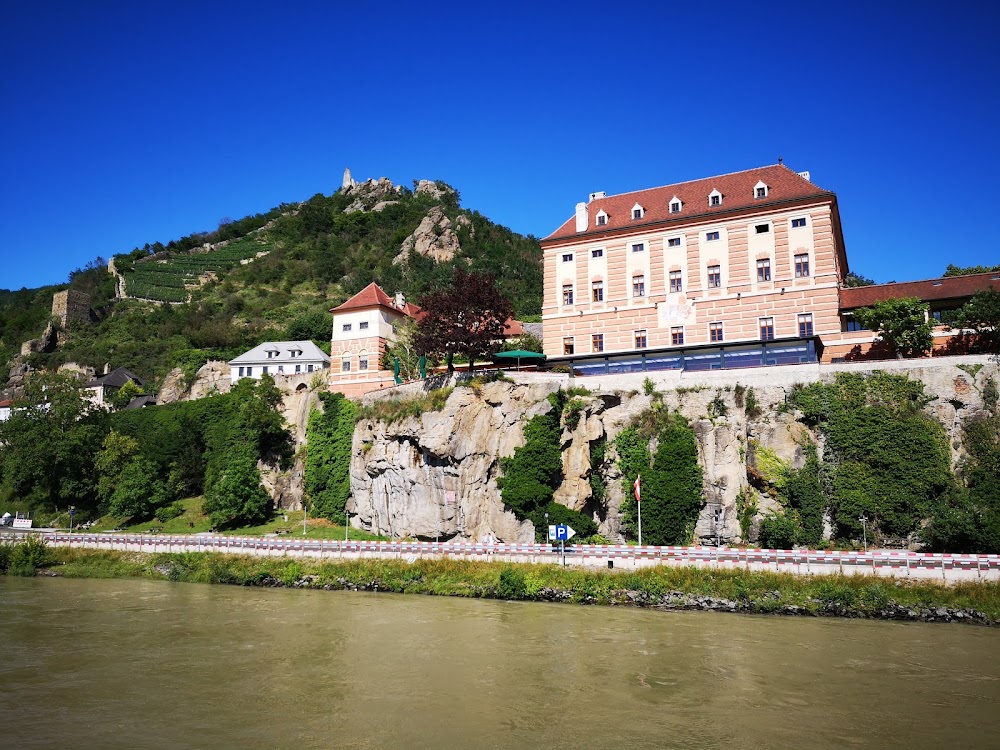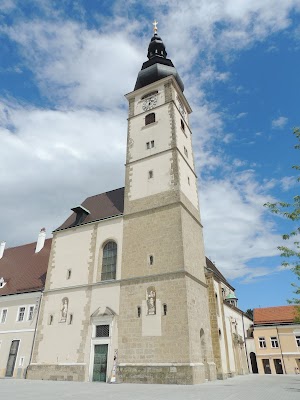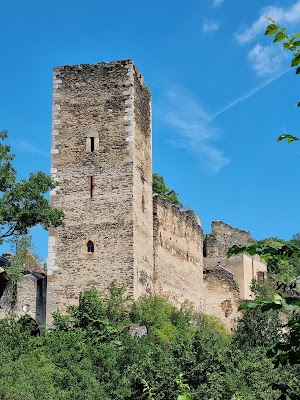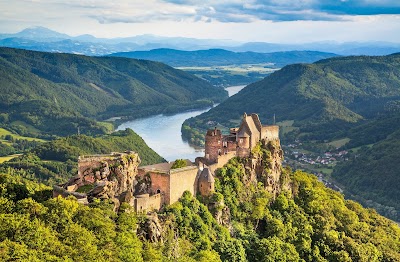Dürnstein (Dürnstein)
Overview
Dürnstein is an enchanting town nestled in the stunning Wachau Valley of Lower Austria, Austria. With a rich history dating back to the early Middle Ages, this picturesque locale still exudes the charm of centuries gone by. A major highlight is the ruins of Dürnstein Castle, which majestically overlooks the town and the serene Danube River.
The first recorded mention of Dürnstein dates back to 1192, although the area was likely settled earlier due to its advantageous location along the Danube, making it a strategic and economically vibrant hub. The town's name derives from the Middle High German words "dürne," meaning "dry," and "stein," meaning "rock," likely referencing the rocky hill that supports the castle.
Built in the early 12th century by the influential Kuenring family, Burgruine Dürnstein is particularly famous for being the site where King Richard the Lionheart of England was imprisoned in 1192 after being captured by Duke Leopold V of Austria. Legend has it that Richard's minstrel, Blondel, discovered his location by singing a familiar tune outside the castle until he heard Richard respond with the next verse.
Though now in ruins, the castle played a vital role in safeguarding the region and overseeing trade along the Danube during medieval times. Its strategic position enabled its inhabitants to control a crucial segment of the river and the surrounding lands.
The architectural style of Dürnstein Castle is typical of medieval fortresses, featuring thick stone walls and robust defensive structures. Visitors can still ascend to the remains, which include sections of the high towers and wall fortifications, and enjoy breathtaking panoramic views of the Wachau Valley.
Dürnstein is also renowned for its delightful streets, baroque architecture, and lush vineyards. One of the town's most beautiful structures is the Stift Dürnstein, a former Augustinian monastery characterized by its stunning blue tower, an iconic landmark of the Wachau Valley. Founded in 1410, the monastery was later transformed into its current baroque style during the 18th century.
The town's economy and culture are deeply intertwined with viticulture. The vineyards surrounding Dürnstein produce some of Austria's finest wines, particularly the Grüner Veltliner and Riesling varieties. While wine-making in the region dates back to Roman times, it flourished during the medieval period, significantly contributing to the town's prosperity.
Dürnstein's historical narrative is marked by resilience. In the 16th and 17th centuries, the town faced numerous challenges, including plagues and the Thirty Years' War. Yet, the community's determination allowed it to rebuild and preserve many historic structures, which continue to captivate visitors today.
Strolling through Dürnstein, you'll encounter numerous lovingly preserved historical buildings, including quaint houses, charming inns, and the Gothic parish church, offering a fascinating glimpse into the town's rich history and architectural evolution.
Today, Dürnstein is a beloved destination for tourists from around the globe. Its captivating blend of historical ruins, charming streets, and the exquisite natural beauty of the Wachau Valley makes it an ideal place to explore and unwind.
Whether you're drawn by the wine, the history, or the breathtaking scenery, visitors to Dürnstein are welcomed by a vibrant piece of Austrian heritage. Here, the medieval heart of the town thrives, ensuring that its rich history remains alive and inviting for future generations.


